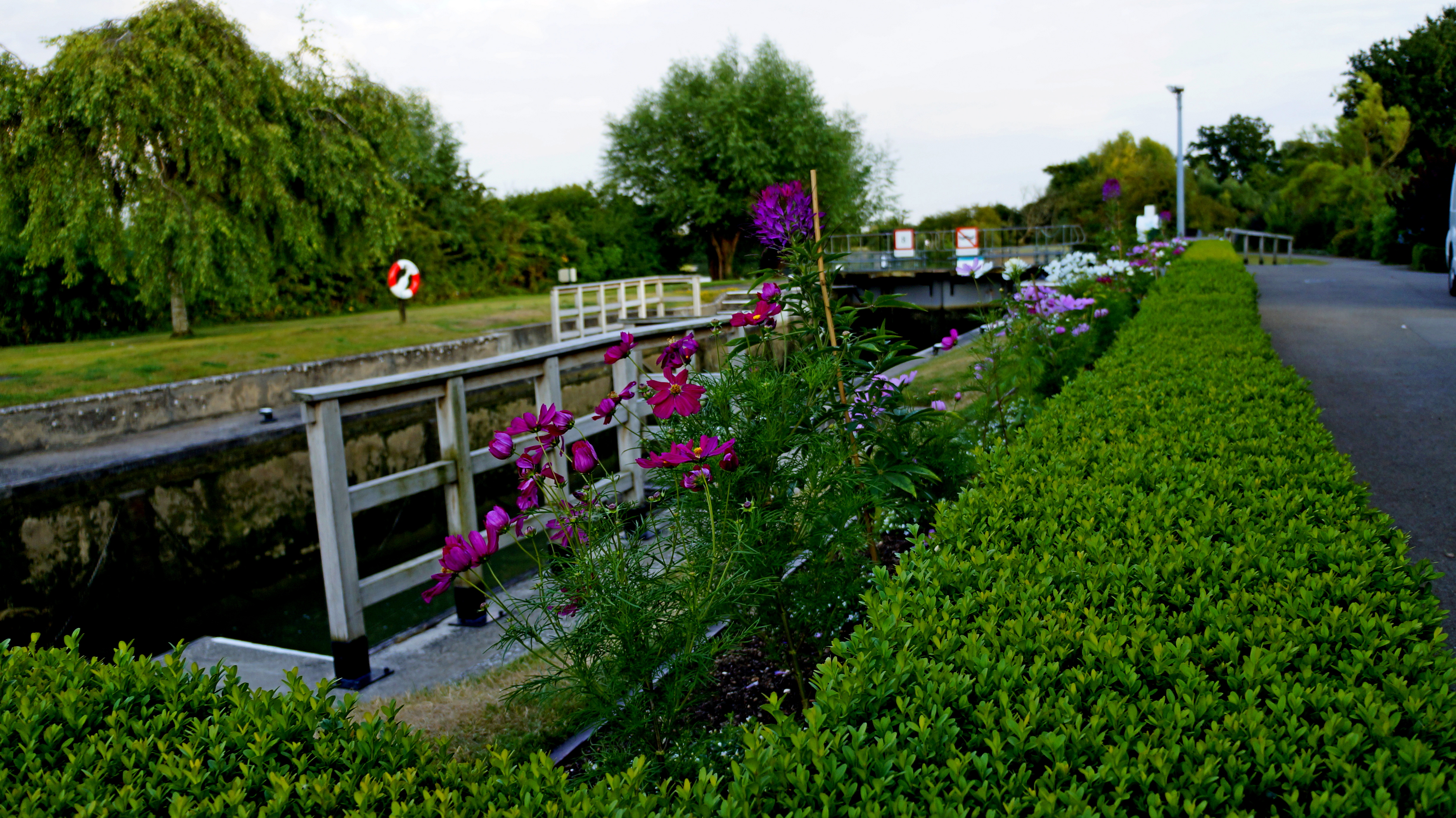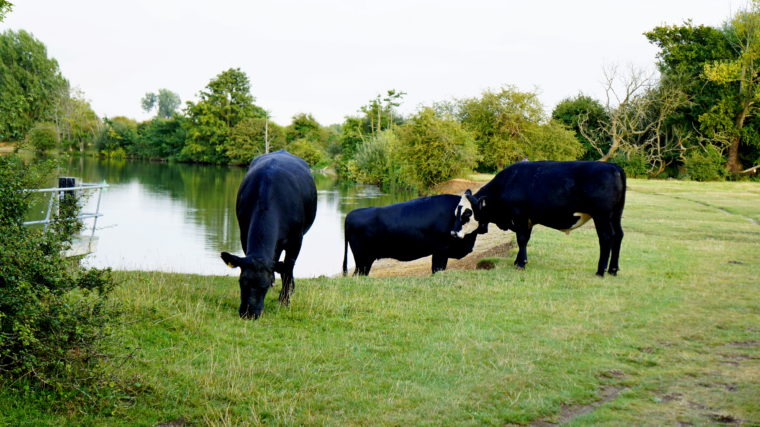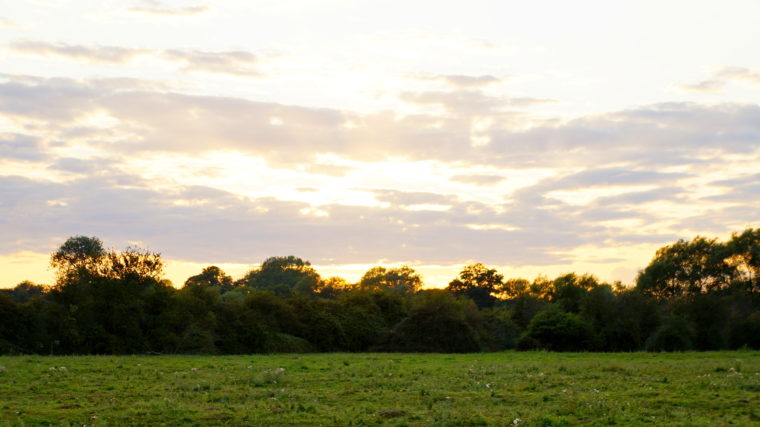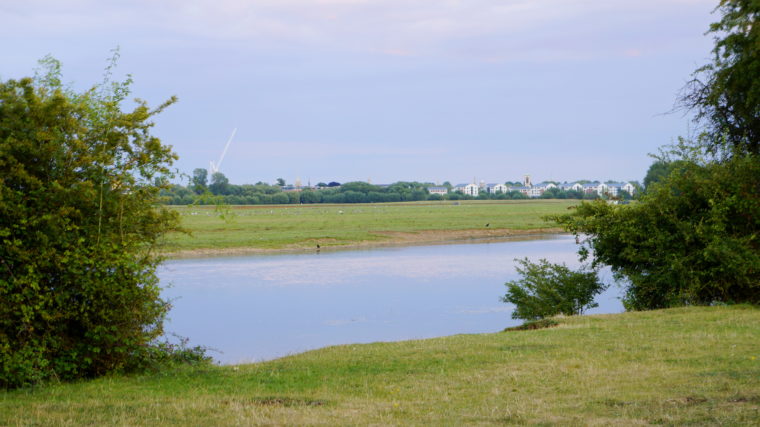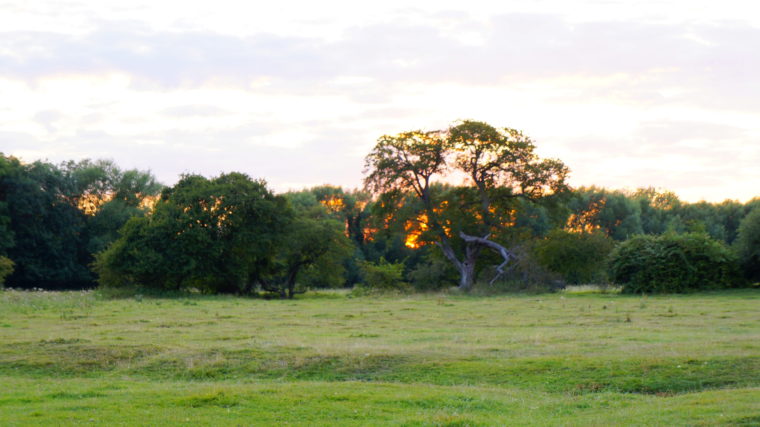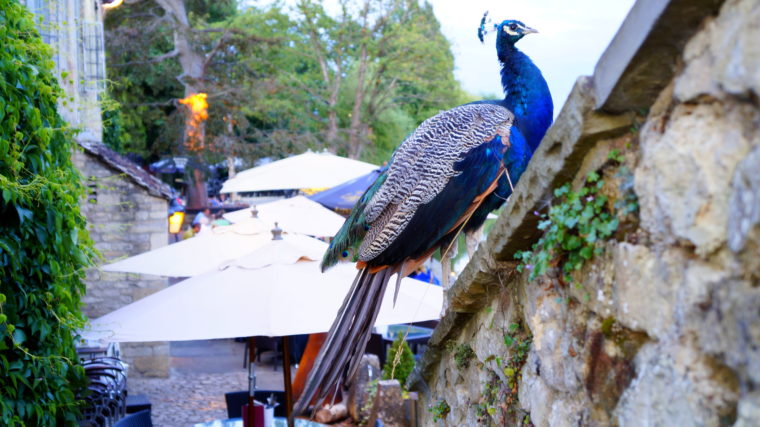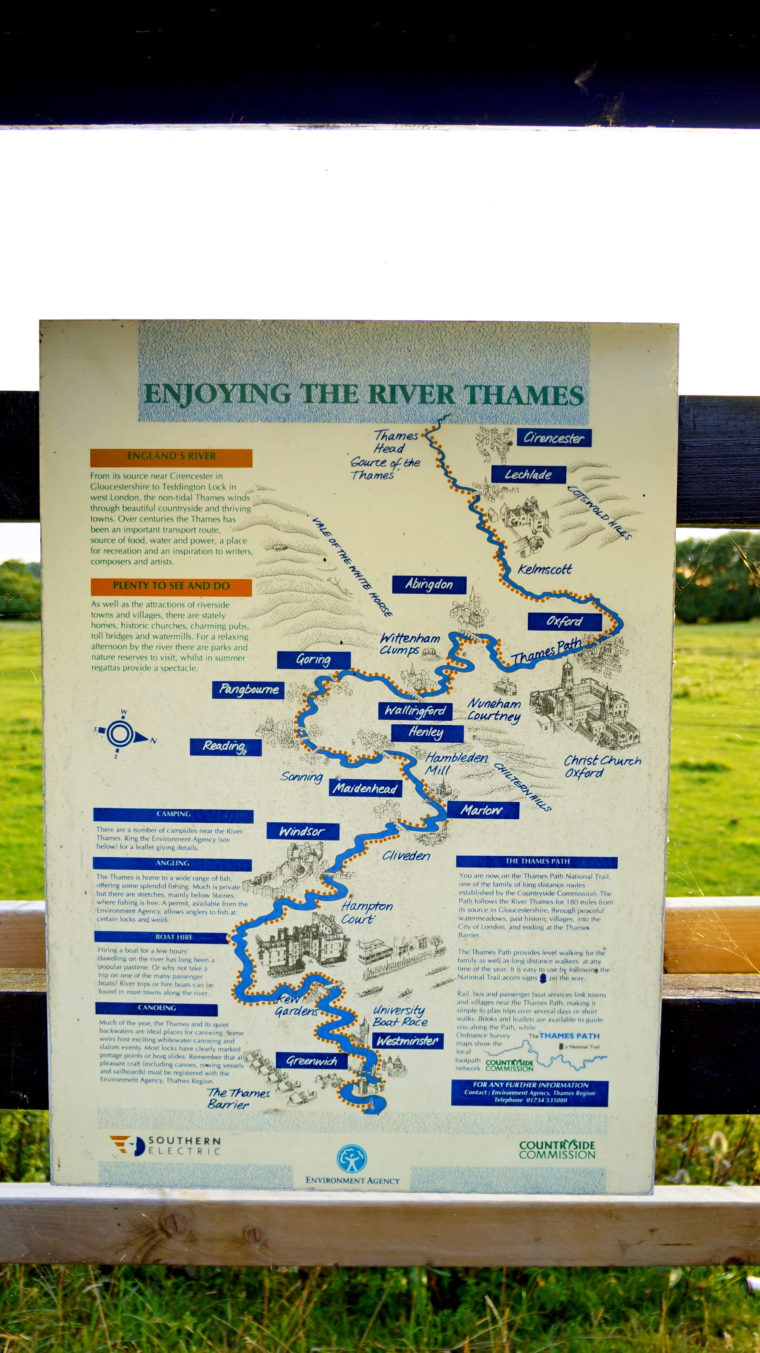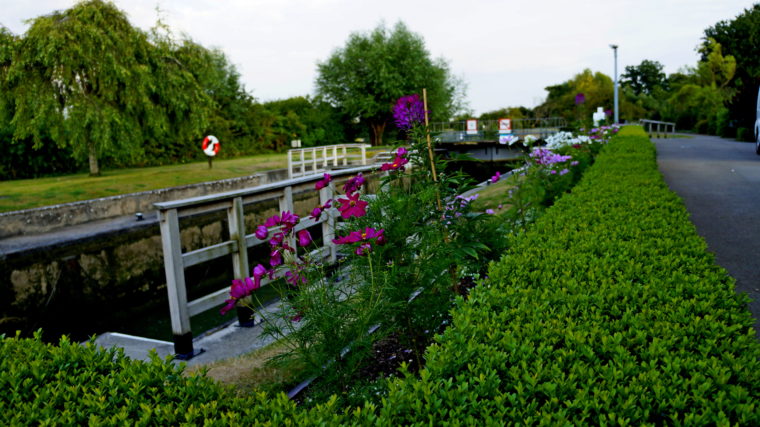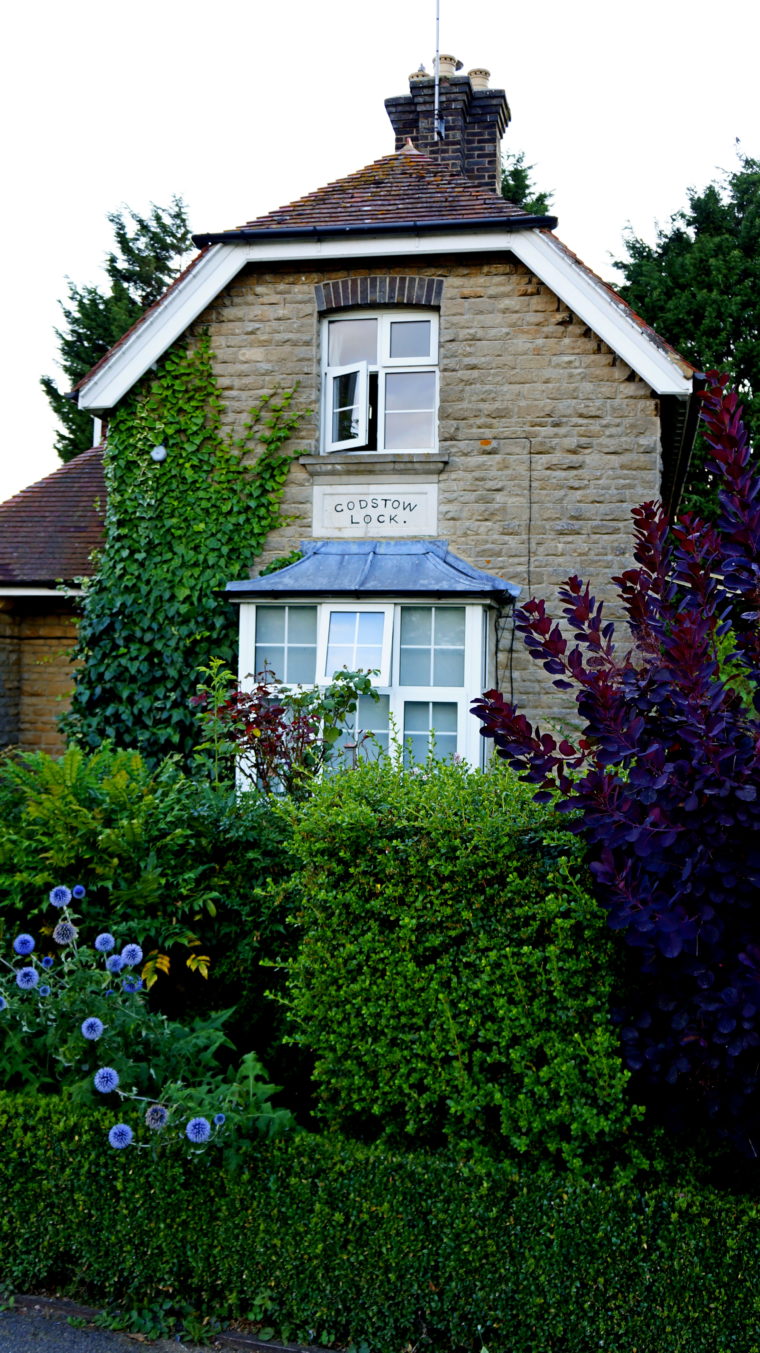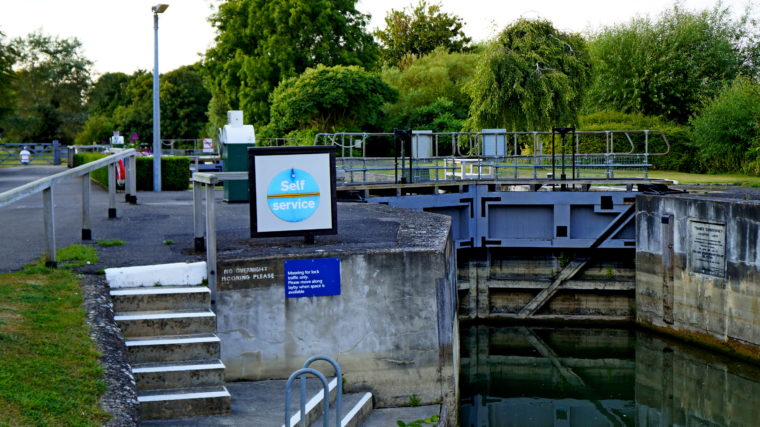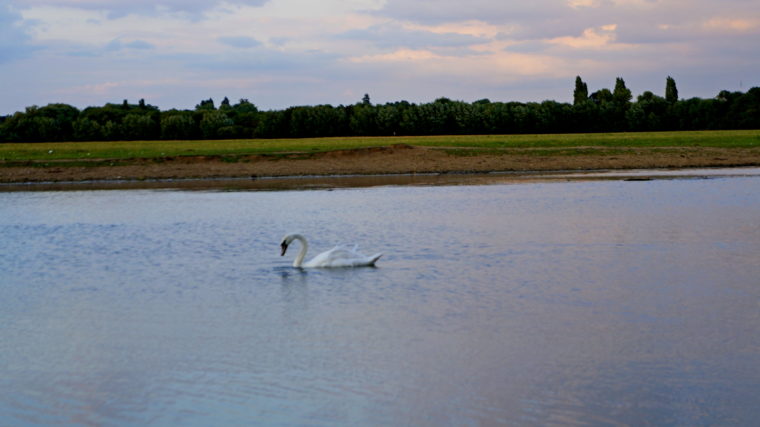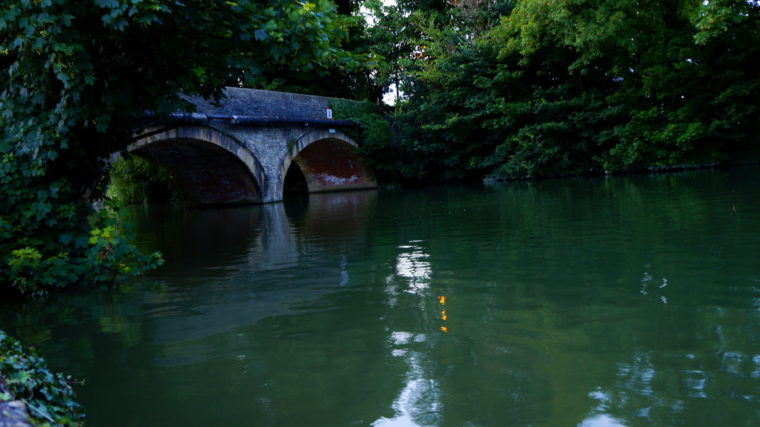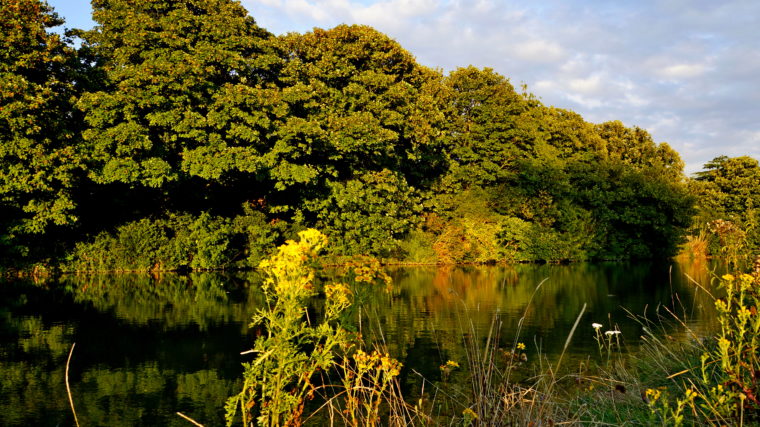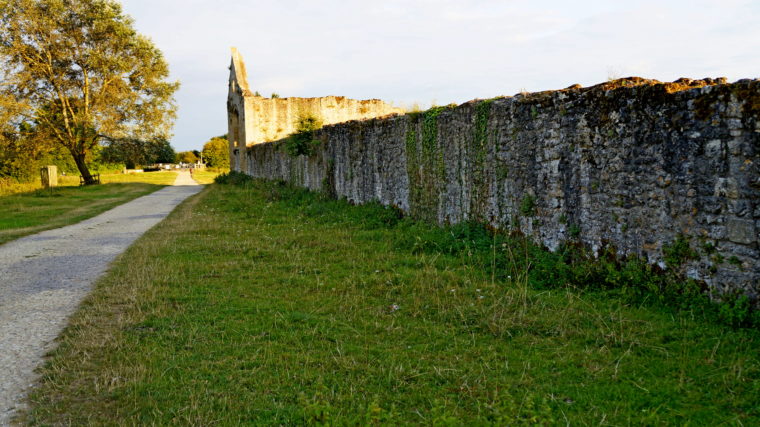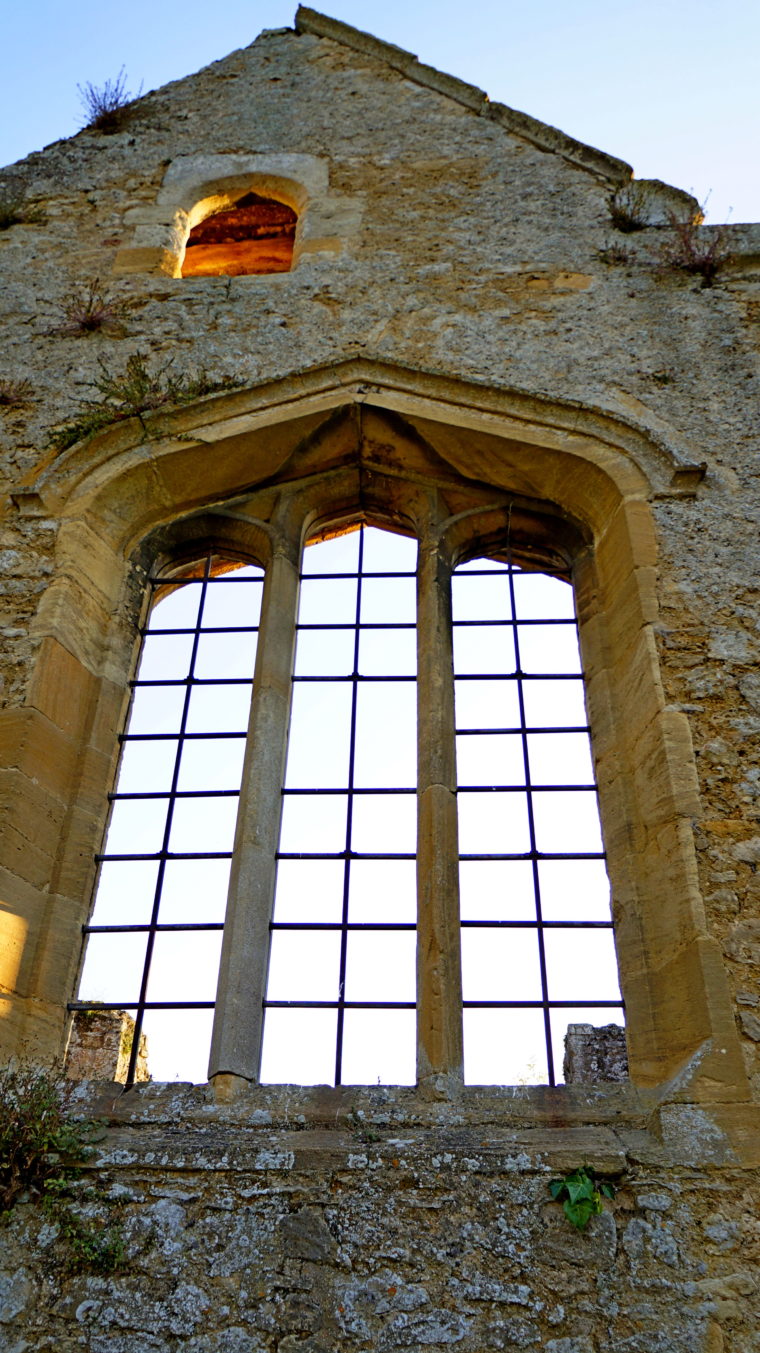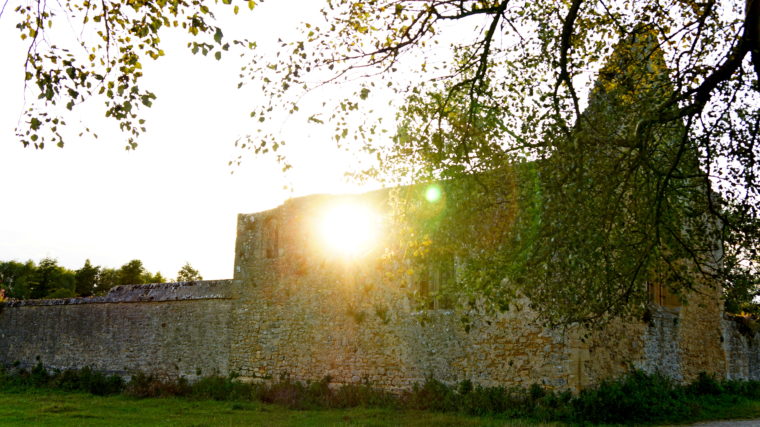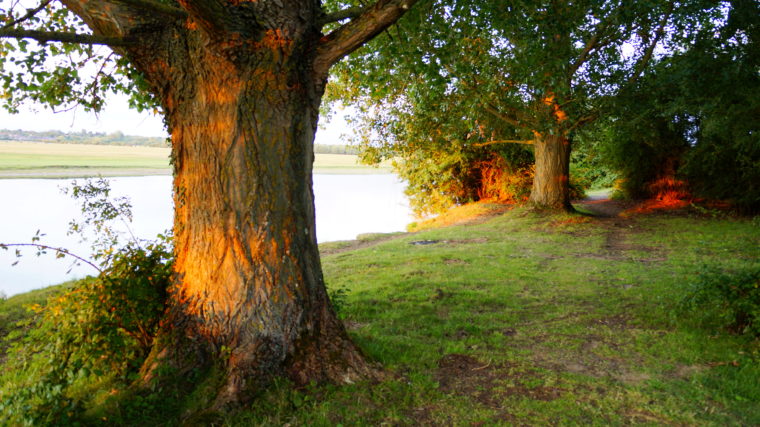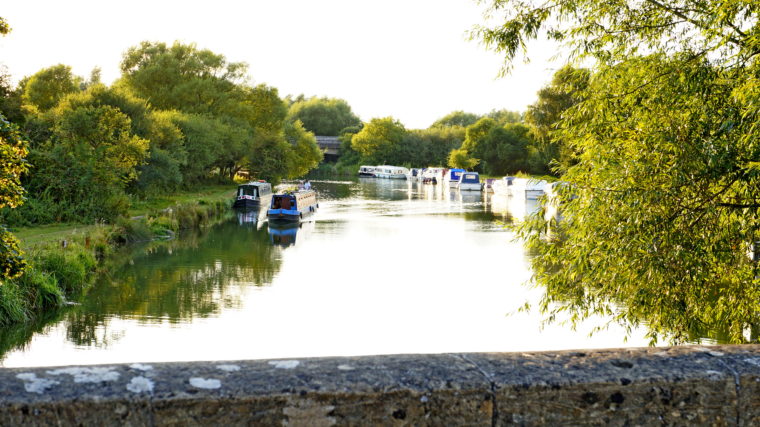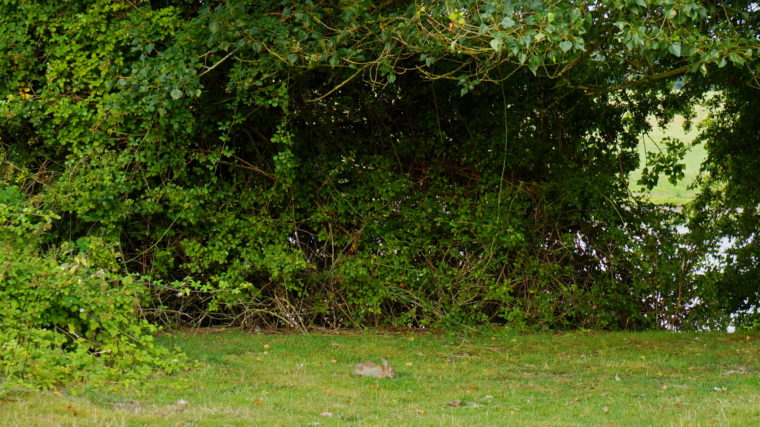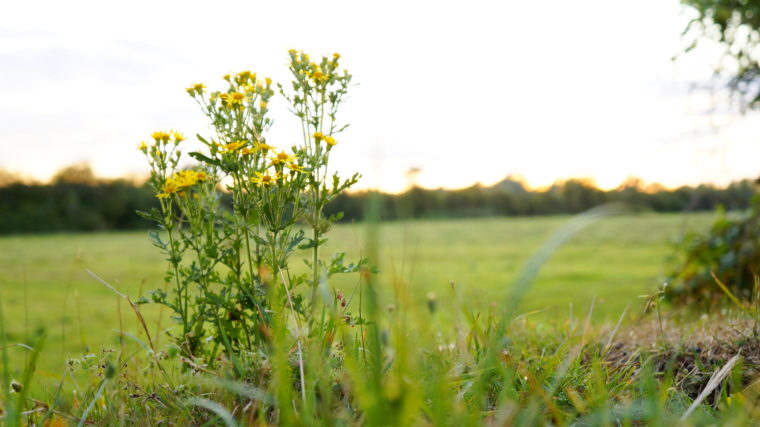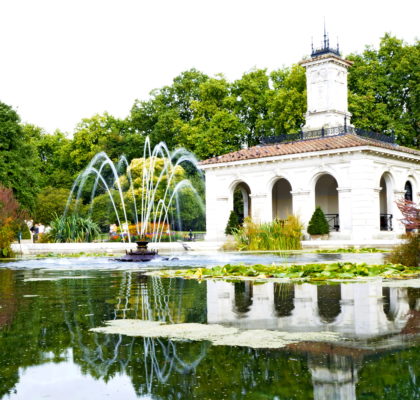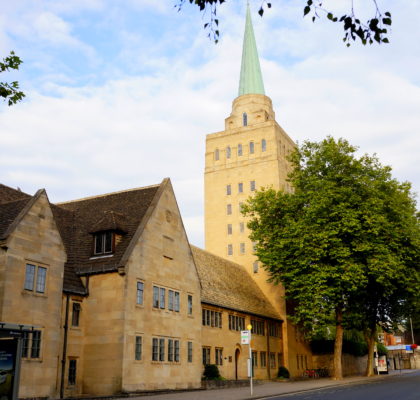Godstow is a region on the banks of the River Thames between Wolvercote and Wytham approximately 4km from the center of Oxford and has access via Bus 6 from the Oxford Bus Company, stopping at the “Home Close” point and walking about 10 minutes. The region is a beautiful green field where you can contemplate nature and enjoy a sunny day for a walk on the banks of the River Thames. In Godstow it is possible to see many trees, rabbits, grazing cows and the ruin of a monastery of the year 1200, plus a dam built in 1790. On this day I also enjoyed the beautiful blue sky for a beer in the pub The Trout Inn, which is very close, passing the bridge over the River of Ruins.
The Godstow Lock
Godstow Lock is a lock on the River Thames in Oxfordshire, England. The first passage was built in stone by Daniel Harris for the Thames Navigation Commission in 1790. It operates with mechanical (electro-hydraulic) operation – each door latch uses a manual beam to block the lock. When it was built people above the River noticed a significant difference in the level of the water and the Ditch underwent a transformation in 1872 and in 1896 the house of the Lock was constructed. Next to the lock in Godstow are the ruins of the convent of Godstow. Above the sluice, the river is crossed by the Godstow Bridge and by the A34 Bridge that takes the deviation of Oxford. Above Godstow, the river becomes narrower and more winding as it passes through Pixey Mead.
The ruins of the Abadia of Godstow
The Convent of Godstow was built in 1133 and housed an order of Benedictine Nuns and was consecrated as a church in 1139. The building was expanded in 1176 with the help of Henry II when he paid for the nuns to take care of his mistress, Rosamund Clifford who came to die in 1176. Then the King made a donation so that it was buried in front of the altar of the church. The site became a popular sanctuary until 1191, two years after the Henry’s death, when Hugh of Lincoln, a bishop, perceived Rosamund’s tomb in front of the altar filled with flowers and candles, demonstrating popular worship to her. Calling Rosamund a prostitute, the bishop ordered the removal of all Rosamund’s remains outside the Church. One legend says that Rosamund’s spirit has been disturbed by this change, and his ghost is vague among the remains of the abbey to this day. In 1284, Archbishop Peckham instructed the nuns to avoid contact with Oxford scholars after reports of impure behavior on their part. At the Dissolution of the Monasteries (1536 – 1541), Godstow had 16 nuns under the convent. The abbey was handed over to Henry VIII’s doctor, George Owen. Owen overthrew the abbey church and built a mansion called Godstow House from the ruins of the abbey. In 1645, Godstow House was badly damaged in the Civil War, and the stones of the site were stolen for other local buildings.
The south and west walls look medieval, but the rest is probably from the sixteenth or seventeenth century. Oxford writers CS Lewis and JRR Tolkein have always been in the vicinity of the ruins.

